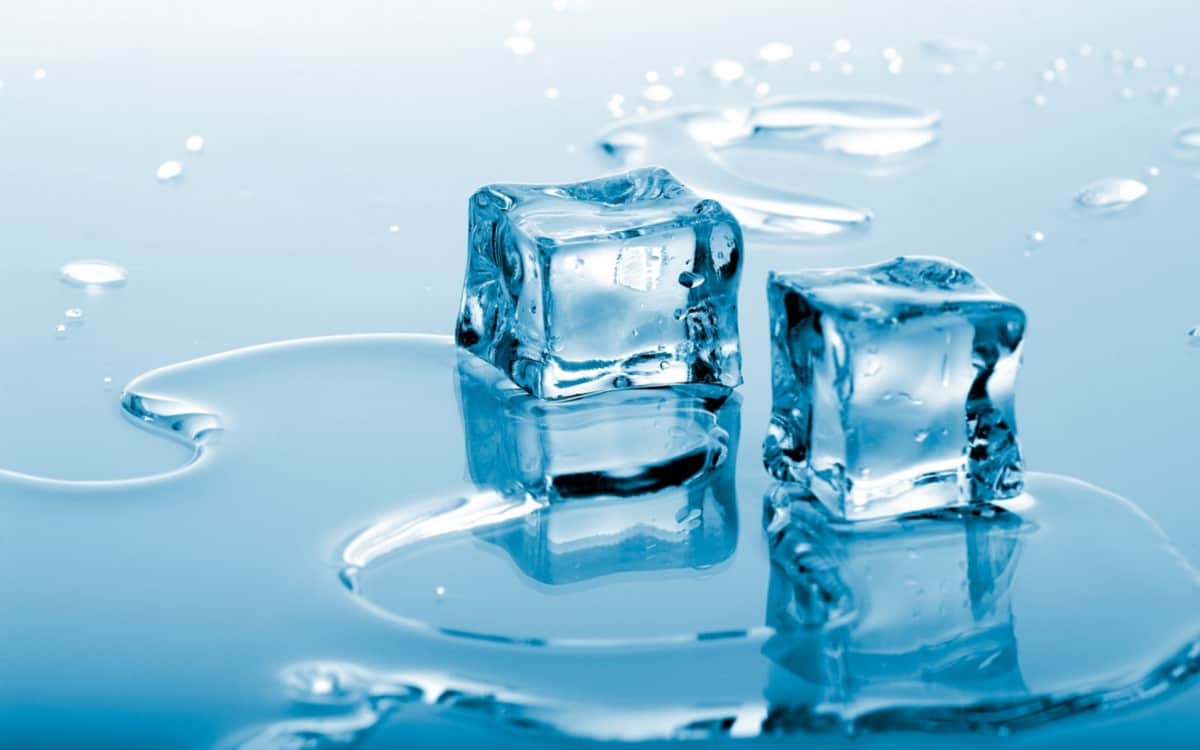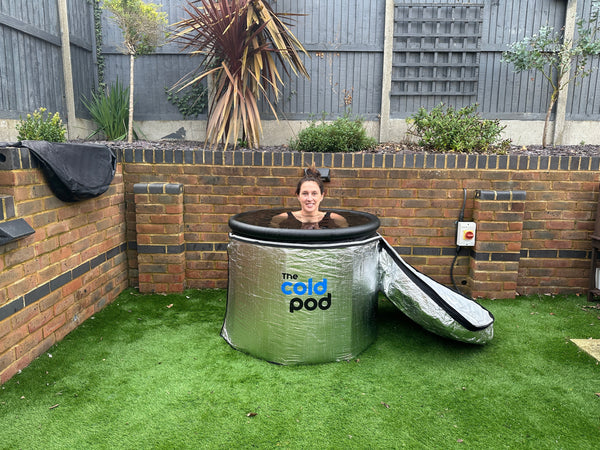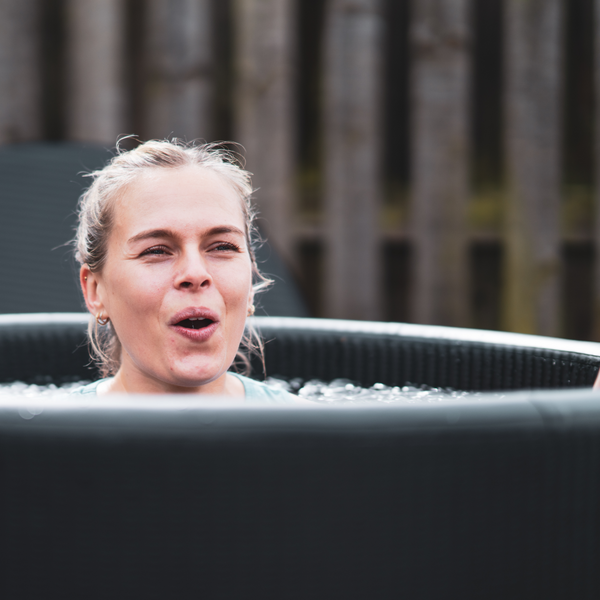If you are wondering if an ice bath will help sore muscles, then you are in the right place. There are several different reasons why an ice bath will be helpful for sore muscles, including:
Reduce inflammation of sore muscles
Ice baths are used after exercise to reduce inflammation and sore muscles. They help ease aches and pains and are thought to help with chronic pain. However, some medical professionals believe they do not work as effectively as previously thought.
Ice baths can reduce soreness, but may interfere with muscle repair. During intense exercise, a person can suffer microtrauma, or tears in the muscle fibres. This damage can stimulate the muscles to begin working, causing a reaction in the brain that creates pain.
The body needs water to repair and recover. In addition, cold water slows blood flow, which reduces swelling and inflammation. Ice baths have been used to treat rheumatoid arthritis and fibromyalgia.
Despite its effectiveness, it is not recommended for everyone. For people with certain medical conditions, including cardiovascular disease, you should check with your doctor before taking an ice bath. It is important to note that ice baths can also cause constriction of blood vessels.
One study looked at a group of college soccer players and found that immersion in freezing cold water after a hard workout improved their post-sport recovery. But more research is needed on the effects of ice baths for chronic pain.
Another study evaluated the effects of ice baths on a person’s mood. It was discovered that immersion in cold water led to a decreased level of depression symptoms. A woman had been suffering from anxiety and depression since age 17. She tried hydrotherapy for the first time at age 24 and found it to be effective.
Although ice baths do not have a positive effect on inflammation, they can help to ease aches and pains and increase circulation. However, if you have any pre-existing medical conditions, you should check with your physician before taking an ice bath.

Flush out waste products
Taking an ice bath has been shown to have some pretty impressive health benefits. In particular, taking an ice bath before and after an intense bout of exercise can have a positive effect on your recovery time and overall wellbeing.
To get the most out of your ice bath, it’s important to plan your strategy. First, make sure you have a towel by the door, so you can grab one when it is time to leave. Also, don’t go in too hot. A temperature of about 50 degrees Fahrenheit should do the trick. The cold temperature will actually slow down physiological processes, helping your sore muscles to heal faster.
Another cool trick to keep in mind is to use a shower cap to prevent water from sloshing around. After the bath, it’s time to rinse the ice off, and perhaps hop into a nice warm shower. It’s a good idea to keep an eye on your footing as you exit the tub, so you don’t fall over. You may want to consider taking an ice bath a couple of times per week for the best results.
If you’re lucky enough to live in a warm climate, an ice bath might be just the ticket. For those of us who don’t live in such a climate, a few minutes in the tub could do wonders for your mood. This type of therapy has been used for years by athletes, but it is finally getting some mainstream cred as a means of combating the summer heat. Keeping an ice bucket in the fridge could save you from having to go out in the heat of the moment. As a matter of fact, this is what made Wim Hof famous.
Boost mood
An ice bath is a good way to relieve muscle soreness, and there is some evidence that it may boost your mood as well. The cold temperature activates a pyruvate kinase enzyme, which is responsible for breaking down lactic acid that builds up in the body during exercise. It also helps improve circulation, which brings more oxygen to your muscles.
Another tidbit about an ice bath is that it can help you get a better night’s sleep. According to research, submerging your body in water at about 50 to 59 degrees Fahrenheit for five to ten minutes may increase the amount of time you spend in REM sleep, a key component in rejuvenating your body.
An ice bath isn’t for everyone, though. The temperature of the water is too cold for many people, and prolonged exposure can damage your muscles and health. You may want to consult with a healthcare professional before you give it a try. If you can’t stand the idea of freezing your skin off, try a hot shower or a cold drink with a lemon.
A few studies show that a 20-minute ice bath is a good way to boost your mood. They also showed that it can reduce stress and inflammation in your joints. While these aren’t the only benefits of a chilly bath, they are the ones that have been deemed most impressive.
An ice bath is a great way to soothe sore muscles and boost your mood, but don’t go for more than 20 minutes at a time. This may lead to hypothermia, which is when your body temperature drops too low. After your ice bath, make sure to dry off with a clean towel.
Prevent muscle fibres from getting damaged
Ice baths can be a good way to speed up your recovery after an athletic event. They can also help prevent muscle fibres from getting damaged.
Various studies have examined the efficacy of ice baths, but a few questions remain unanswered. For example, does the cold water actually affect the molecular level inside your muscles?
There is also a dearth of studies that evaluate ice baths in the context of other recovery strategies. Some people have reported that taking an icy bath after a workout has reduced their soreness, but others have noted that the cold water isn’t always necessary.
Another study compared the efficacy of a nippy bath and a warm water shower after a bout of cycling. Although the results were mixed, the nippy bath was better at reducing inflammation, improving blood flow and speeding up recovery.
Some researchers speculate that the effectiveness of a nippy bath may be due to its ability to reduce inflammation on your sore muscles. However, reducing inflammation may not be the best way to boost your performance and strength. In fact, a few studies suggest that it might have the opposite effect.
The main problem with ice baths is that they can lower the core temperature of the body too much. This can inhibit the body’s natural reaction to push blood to the surface of the affected area. A more appropriate recovery strategy might include the use of compression stockings or light jogging.
If you are serious about your performance or strength training, you should find a recovery method that works for you. One of the best strategies is to find the right combination of methods. Taking an icy bath is a big step in the right direction, but it’s not for everyone.
Long-term effects
Ice baths are an effective way to recover from intense training sessions. It’s also a way to alleviate pain, reduce muscle soreness and increase recovery time.
If you’ve never taken an ice bath, you might be wondering what it’s all about. An ice bath is a short therapeutic dip in freezing cold water. You can purchase one or make one with a tub filled with ice cubes. Before taking a bath, be sure to consult a health care provider for any specific questions.
Ice baths are a good way to reduce muscle soreness and boost your mood. They are also known to improve recovery, decrease fatigue and help with sleep. However, you may want to avoid them if you have a serious injury or chronic illness.
Some researchers believe that immersion in a cold water pool can slow the rate of protein synthesis, which helps muscles heal faster. However, the long-term effects of ice baths are still unknown.
Studies have found that icy baths can also reduce inflammation in sore muscles. Muscles are strengthened by repairing microtrauma, which happens when a workout causes a tear in muscle fibres.
Although there’s a growing body of research, there aren’t a lot of studies that have looked at the long-term effects of ice baths. There’s also a risk of hypothermia. In the worst cases, staying in a cold pool for too long can lead to the death of tissue.
Taking an ice bath after a workout can also reduce lactic acid. Lactic acid is a natural byproduct of exercise, but can cause muscle soreness and even pain. To reduce this, you’ll need to find a recovery strategy that works best for you.







